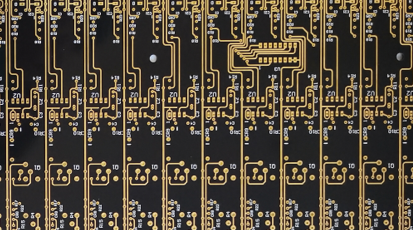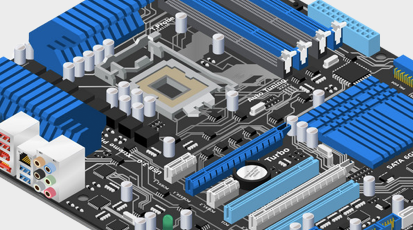How to Face Challenges of EOL Components in PCB Assembly?
By:PCBBUY 02/26/2025 14:05
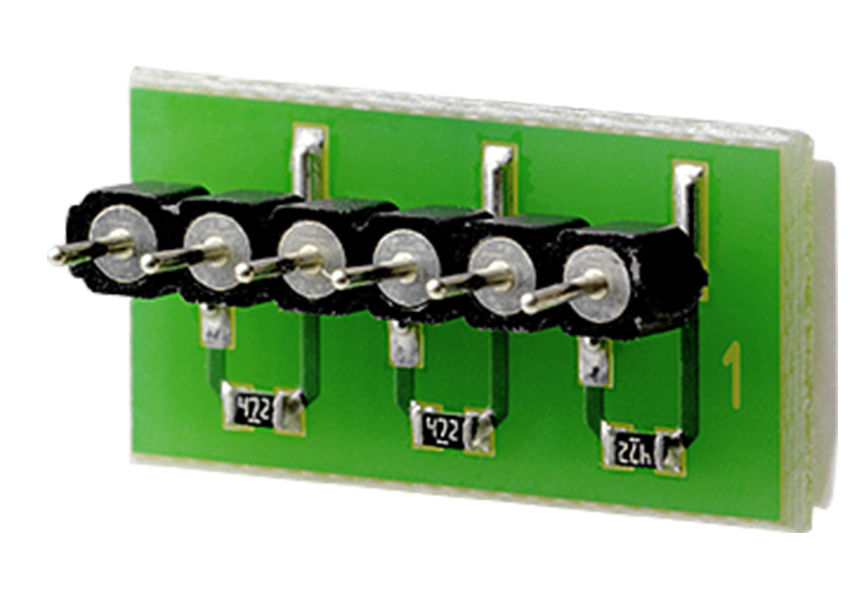
Introduction
The electronics industry is characterized by rapid technological advancements, leading to frequent updates and replacements of components. This dynamic environment often results in components reaching their End-of-Life (EOL) status, posing significant challenges for Printed Circuit Board (PCB) assembly. EOL components are those that are no longer manufactured or supported by their original suppliers, making them difficult to source and integrate into new designs. This article provides a comprehensive overview of the principles, challenges, and management strategies associated with EOL components in PCB assembly. We will delve into the underlying chemical and physical processes, present detailed data and comparative tables, and explore sustainable solutions for managing EOL components.
What Are the Principles of EOL Components in PCB Assembly?
Understanding EOL Components
EOL components are parts that have been discontinued by their manufacturers due to various reasons such as technological obsolescence, low demand, or the introduction of newer alternatives. These components can pose significant challenges in PCB assembly, particularly for long-lifecycle products that require consistent and reliable parts over extended periods.
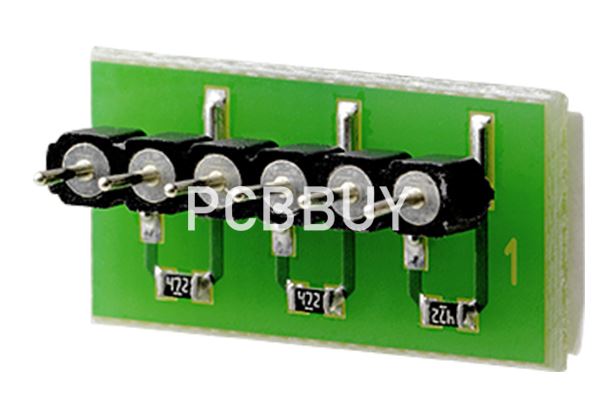
What Are Reasons for Component EOL?
Several factors contribute to the EOL status of components:
1. Technological Advancements: Rapid innovation often renders older components obsolete.
2. Market Demand: Low demand for certain components can lead to their discontinuation.
3. Regulatory Changes: Changes in environmental or safety regulations can necessitate the discontinuation of non-compliant components.
4. Manufacturing Constraints: Economic or logistical challenges in manufacturing can lead to the discontinuation of certain parts.
Impact of EOL Components on PCB Assembly
The use of EOL components in PCB assembly can lead to several issues:
1. Supply Chain Disruptions: Difficulty in sourcing EOL components can disrupt production schedules.
2. Increased Costs: The scarcity of EOL components can drive up their prices.
3. Quality and Reliability: EOL components may have degraded over time, affecting the performance and reliability of the PCB.
4. Design Challenges: Integrating EOL components into new designs can be challenging due to compatibility issues.
What Are Chemical and Physical Processes in PCB Assembly?
Soldering Process
Soldering is a critical process in PCB assembly, involving the use of solder to create electrical connections between components and the PCB. The soldering process typically involves the following steps:
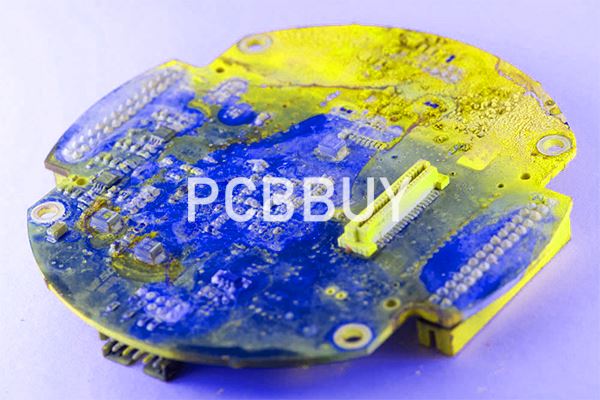
1. Flux Application: Flux is applied to remove oxides and improve solder wetting.
2. Solder Application: Solder is applied to the joints, either through wave soldering or reflow soldering.
3. Cooling: The solder is cooled to form solid joints.
The chemical reaction for the soldering process can be represented as:

Cleaning Process
After soldering, the PCB is cleaned to remove flux residues and other contaminants. Common cleaning agents include isopropyl alcohol (IPA) and deionized water. The cleaning process can be represented as:

Conformal Coating
Conformal coating is applied to protect the PCB from environmental factors such as moisture, dust, and chemicals. Common coating materials include acrylics, silicones, and urethanes. The application process involves:
1. Surface Preparation: The PCB surface is cleaned and prepared for coating.
2. Coating Application: The coating is applied through spraying, dipping, or brushing.
3. Curing: The coating is cured to form a protective layer.
The chemical reaction for the curing process can be represented as:

Challenges in Managing EOL Components
Supply Chain Management
Managing the supply chain for EOL components is a significant challenge. Strategies include:
1. Last-Time Buy (LTB): Purchasing a large quantity of EOL components before they are discontinued.
2. Alternative Sourcing: Identifying and qualifying alternative suppliers or components.
3. Inventory Management: Maintaining a strategic inventory of critical EOL components.
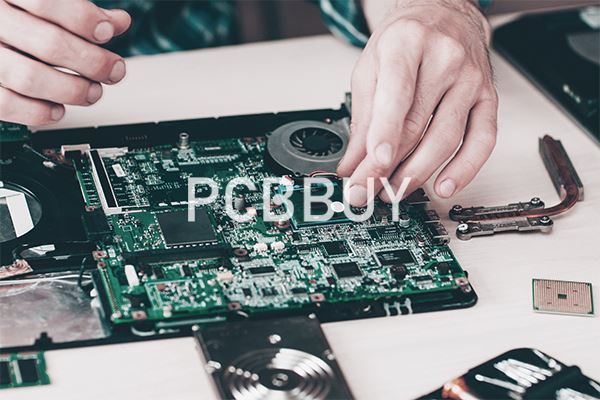
What Are Design and Engineering Challenges?
Integrating EOL components into new designs requires careful consideration of compatibility and performance. Strategies include:
1. Redesign: Modifying the PCB design to accommodate alternative components.
2. Emulation: Using programmable devices to emulate the functionality of EOL components.
3. Reverse Engineering: Recreating the EOL component through reverse engineering.
Quality and Reliability
Ensuring the quality and reliability of EOL components is crucial. Strategies include:
1. Testing and Validation: Rigorous testing of EOL components to ensure they meet performance standards.
2. Reconditioning: Refurbishing EOL components to restore their functionality.
3. Lifecycle Analysis: Assessing the remaining lifecycle of EOL components to predict their reliability.
Data and Comparative Analysis
Performance Metrics
To evaluate the impact of EOL components on PCB assembly, several metrics are considered, including supply chain reliability, cost, quality, and design flexibility. The following table compares these metrics for EOL and non-EOL components:
|
Metric |
EOL Components |
Non-EOL Components |
|
Supply Chain Reliability |
Low |
High |
|
Cost |
High |
Low |
|
Quality |
Variable |
Consistent |
|
Design Flexibility |
Low |
High |
Cost Comparison
The cost comparison between using EOL components and non-EOL components in PCB assembly is presented in the table below:
|
Production Volume |
EOL Components Cost (USD) |
Non-EOL Components Cost (USD) |
|
1-10 units |
5000 |
3000 |
|
11-100 units |
20000 |
15000 |
|
101-1000 units |
100000 |
80000 |
Environmental Impact
The environmental impact of using EOL components versus non-EOL components is assessed based on material waste and energy consumption:
|
Aspect |
EOL Components |
Non-EOL Components |
|
Material Waste (%) |
20 |
15 |
|
Energy Consumption (kWh/kg) |
25 |
20 |
Sustainable Solutions for Managing EOL Components
Component Obsolescence Management
Effective management of component obsolescence involves proactive strategies to mitigate the impact of EOL components. These strategies include:
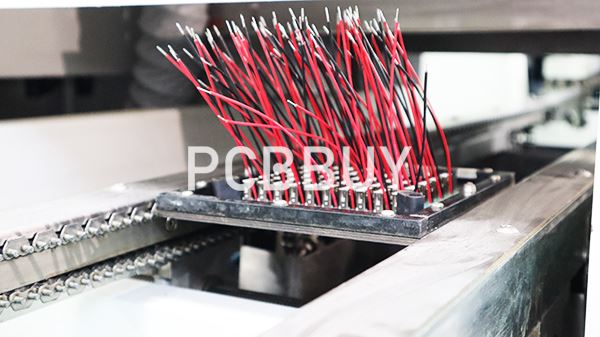
1. Obsolescence Monitoring: Regularly monitoring component lifecycles and identifying potential EOL issues early.
2. Design for Manufacturability (DFM): Designing PCBs with future component availability in mind.
3. Lifecycle Planning: Developing long-term lifecycle plans for critical components.
Recycling and Reuse
Recycling and reusing EOL components can reduce waste and extend their lifecycle. Strategies include:
1. Component Harvesting: Extracting usable components from obsolete PCBs.
2. Refurbishment: Refurbishing EOL components to restore their functionality.
3. Recycling Programs: Implementing recycling programs to recover valuable materials from EOL components.
Advanced Manufacturing Techniques
Advanced manufacturing techniques can enhance the management of EOL components. These techniques include:
1. Additive Manufacturing: Using 3D printing to create replacement parts for EOL components.
2. Modular Design: Designing PCBs with modular components that can be easily replaced or upgraded.
3. Smart Manufacturing: Leveraging AI and IoT to optimize the management of EOL components.
What Are Studies and Real-World Applications?
Aerospace and Defense
In the aerospace and defense industry, managing EOL components is critical for maintaining the reliability and longevity of systems. A case study involving a military communication system demonstrated that proactive obsolescence management and component harvesting extended the lifecycle of the system by 10 years.
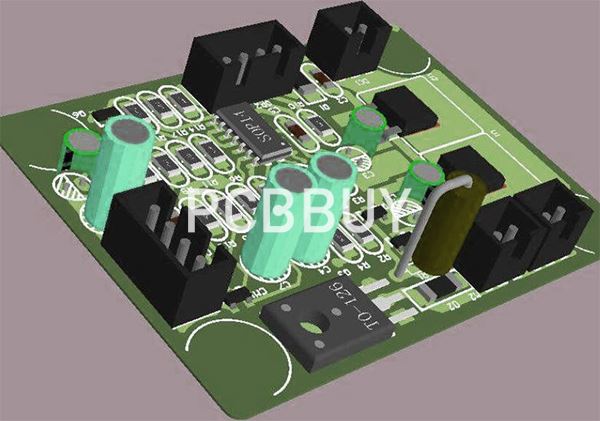
Medical Devices
In the medical device industry, EOL components can impact the availability and reliability of critical equipment. A case study involving a diagnostic imaging system showed that redesigning the PCB to accommodate alternative components reduced downtime and maintenance costs.
Industrial Automation
In industrial automation, EOL components can disrupt production processes. A case study involving a robotic assembly line demonstrated that implementing a component obsolescence management plan and using additive manufacturing techniques minimized production disruptions and reduced costs.
What Are Future Prospects and Challenges?
Advancements in Materials
Ongoing research is focused on developing new materials with extended lifecycles and improved performance. These materials can reduce the frequency of component obsolescence and enhance the sustainability of PCB assembly.
Integration with Other Technologies
The integration of EOL component management with other advanced technologies, such as AI and IoT, holds great potential. Smart manufacturing systems can optimize the management of EOL components, reducing waste and improving efficiency.

Addressing Limitations
Despite the advancements, challenges remain in fully managing the impact of EOL components. Issues such as supply chain reliability, design flexibility, and quality assurance must be addressed to fully realize the potential of sustainable solutions.
Conclusion
The management of EOL components in PCB assembly is a complex and challenging process that requires proactive strategies and innovative solutions. By leveraging advanced materials, recycling and reuse programs, and smart manufacturing techniques, manufacturers can mitigate the impact of EOL components and enhance the sustainability of their operations. As the industry continues to evolve, the integration of new technologies and materials promises to further improve the management of EOL components, paving the way for more reliable and sustainable electronic systems.
Industry Category


